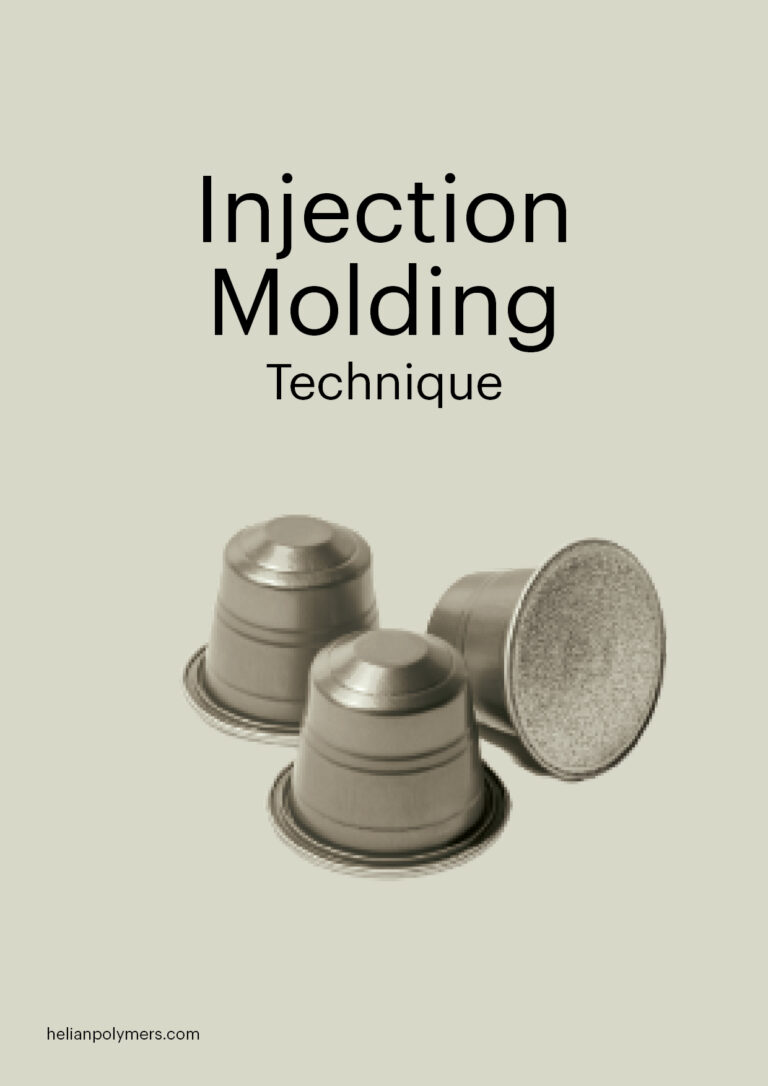Processing of PHA
by Injection Molding

In this post, we discuss one of the many processing methods for plastic: injection molding. We specifically focus on an innovative and alternative material, PHA (Polyhydroxyalkanoates), and investigate how this material behaves during the injection molding process. We talk about the benefits and potential of PHA, as well as the challenges and important considerations when choosing this material for injection molding.
What is injection molding?
Injection molding is an advanced manufacturing method in which molten material is injected under high pressure into a mold. After a carefully controlled cooling period, the product is removed from the mold, resulting in a precisely shaped plastic part. Because of its versatility and efficiency, injection molding is widely used for the production of a wide range of products, from small electronic components to large car parts and even furniture.
What is PHA?
PHA (Polyhydroxyalkanoates) is a biological polymer that is naturally produced by bacteria during their growth, also known as fermentation. It is an attractive alternative to traditional plastics due to its environmentally friendly properties. PHA can be composted and fully degrades in various environments without leaving toxic residues, like microplastics, making it a sustainable and responsible choice for plastic replacement.
Read more on PHA >
How does PHA behave in injection molding?
Although most PHA types can be processed in the same way as other plastics, there are some unique characteristics to take into account.
For example, PHA has a lower melting temperature than many traditional plastics, consuming less energy, however most PHA types also require a longer cooling time to facilitate crystallization of the polymer. On the other hand, PHA is more sensitive to moisture and high-shear than most other plastics, which can result in quality issues with the final product if the material is not handled correctly, within its appropriate processing window. Therefore, it requires careful storage and preparation, like pre-drying, to ensure optimal results.
Conclusion
Correct injection molding of PHA requires a good understanding of the material and its unique properties, as well as adjustments to the usual processes. However, with its environmentally friendly characteristics and potential for high production speeds, PHA undoubtedly offers the potential to become a more sustainable and efficient alternative to traditional plastics. With the right knowledge, preparation, and attention to detail, the use of PHA in injection molding can be a profitable, sustainable, and responsible choice for the future of plastic production.

Try PHA
Want to learn more about PHA and its role in injection molding? Reach out to our team of experts. We’re here to help you navigate this innovative material and its potential in your manufacturing processes.
